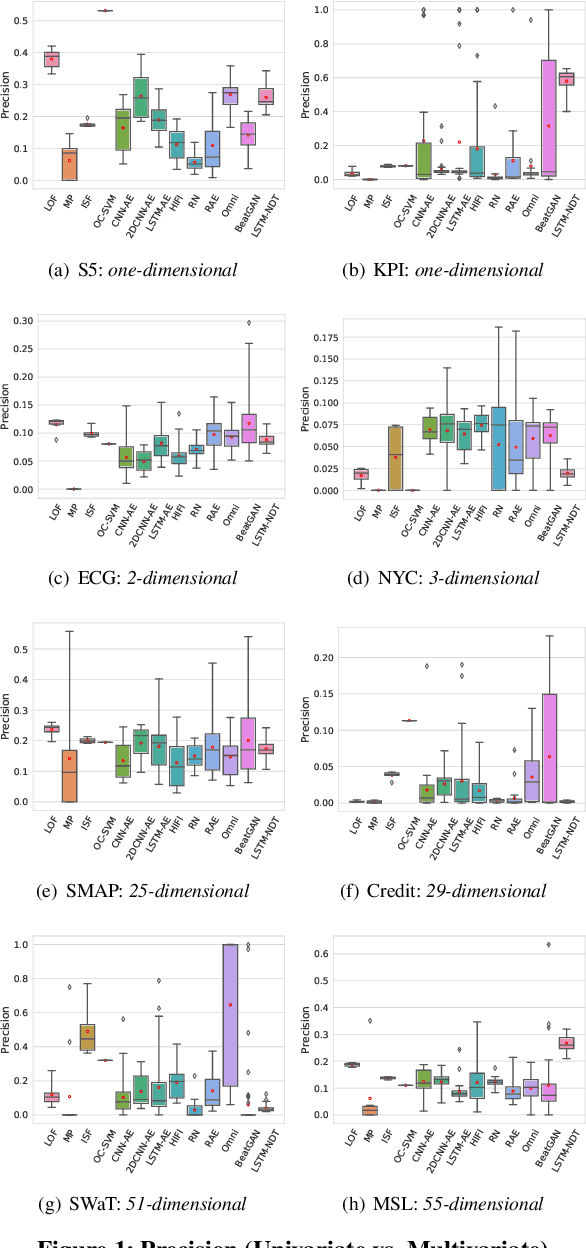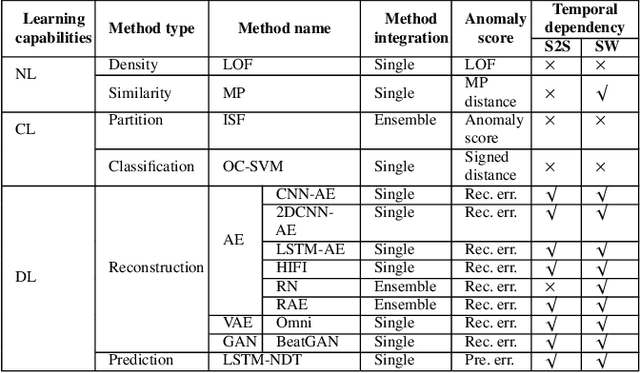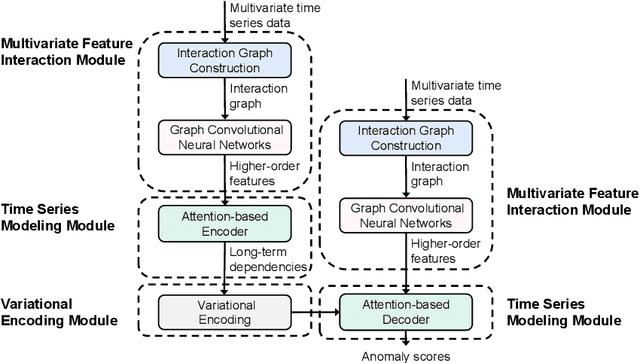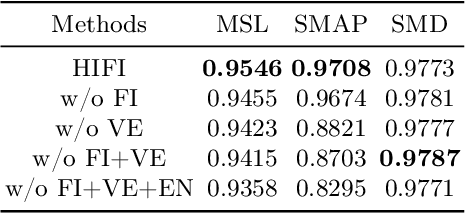Xuanhao Chen
A Comparative Study on Unsupervised Anomaly Detection for Time Series: Experiments and Analysis
Sep 10, 2022



Abstract:The continued digitization of societal processes translates into a proliferation of time series data that cover applications such as fraud detection, intrusion detection, and energy management, where anomaly detection is often essential to enable reliability and safety. Many recent studies target anomaly detection for time series data. Indeed, area of time series anomaly detection is characterized by diverse data, methods, and evaluation strategies, and comparisons in existing studies consider only part of this diversity, which makes it difficult to select the best method for a particular problem setting. To address this shortcoming, we introduce taxonomies for data, methods, and evaluation strategies, provide a comprehensive overview of unsupervised time series anomaly detection using the taxonomies, and systematically evaluate and compare state-of-the-art traditional as well as deep learning techniques. In the empirical study using nine publicly available datasets, we apply the most commonly-used performance evaluation metrics to typical methods under a fair implementation standard. Based on the structuring offered by the taxonomies, we report on empirical studies and provide guidelines, in the form of comparative tables, for choosing the methods most suitable for particular application settings. Finally, we propose research directions for this dynamic field.
HIFI: Anomaly Detection for Multivariate Time Series with High-order Feature Interactions
Jun 11, 2021


Abstract:Monitoring complex systems results in massive multivariate time series data, and anomaly detection of these data is very important to maintain the normal operation of the systems. Despite the recent emergence of a large number of anomaly detection algorithms for multivariate time series, most of them ignore the correlation modeling among multivariate, which can often lead to poor anomaly detection results. In this work, we propose a novel anomaly detection model for multivariate time series with \underline{HI}gh-order \underline{F}eature \underline{I}nteractions (HIFI). More specifically, HIFI builds multivariate feature interaction graph automatically and uses the graph convolutional neural network to achieve high-order feature interactions, in which the long-term temporal dependencies are modeled by attention mechanisms and a variational encoding technique is utilized to improve the model performance and robustness. Extensive experiments on three publicly available datasets demonstrate the superiority of our framework compared with state-of-the-art approaches.
 Add to Chrome
Add to Chrome Add to Firefox
Add to Firefox Add to Edge
Add to Edge